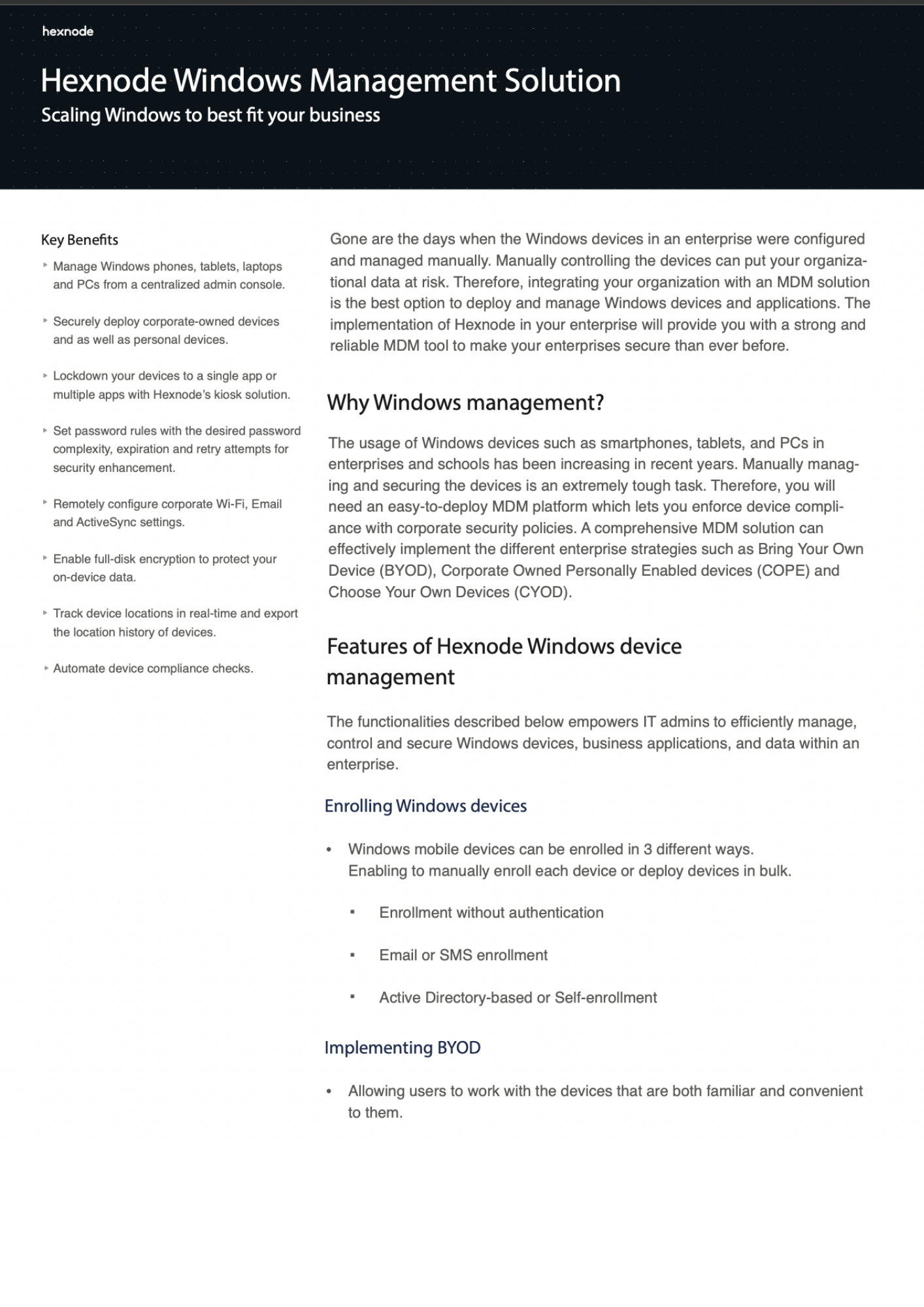The Times, they are a-Changin’
The advent of COVID-19 saw the entire corporate system effectively come to a standstill. These were desperate times, and action was needed to be taken to prevent the further downfall of the world economy. Work-from-home became the norm. Remote work policies were implemented across every company in every industry. The IT and tech industries felt the full force of the pandemic, and it was a scramble to steady the ship in possibly the most turbulent waters imaginable. With the introduction of remote-based policies, companies had to make sure the tools and technology used by employees were safe and secure.
The other pandemic
With the rapid online shift, cybercrime has mutated into a pandemic of its own. At the start of the so-called ‘remote revolution’, companies were at their most vulnerable to cyberattacks. Employees using personal devices for work exposed themselves to cyberattacks and allowed cybercriminals access confidential information. No matter how seemingly robust a company’s infrastructure may be, this created huge gaps in a company’s cybersecurity policy and threatened to jeopardize the security of the corporate data. This even threatened to shake the then-revolutionary concept of BYOD (Bring Your Own Device) to its core.
In this unsafe cyber-environment, combined with weakened revenue streams, companies needed to procure and deploy secure and quality hardware. Desperate times needed desperate measures.
A New Hope
It was at this juncture that DaaS (Device-as-a-Service) emerged as a viable solution to solve (and possibly eradicate) the problems plaguing the IT industry. An emerging model in supply chain management, DaaS quickly became a popular option for both providers and customers. It promised customer flexibility, cost reduction, relative freedom from device management responsibilities, and a new source of revenue for providers. While this service has been around for a few years, its popularity surged to prominence during the pandemic (desperate times…..).
DaaS offers hardware, software, and lifecycle all tied up into a single subscription-based bundle, so the risks of unforeseen overhead costs that usually come with devices that are bought, configured, and managed by the company separately become very low. Almost nullified, as it all comes under one fixed subscription package, which saves your Accounts division a lot of paperwork and of course, costs. Budgeting becomes more efficient with one single move.
Another advantage of DaaS being provided as an all-inclusive package is that it also comes with its own cybersecurity toolkit, preconfigured with all the necessary defenses required to protect your device.
Simplicity
Perhaps the biggest advantage Device-as-a-Service provides is the promise of simplicity. One of the biggest hurdles a company with self-managed devices in bulk would be to keep them updated regularly. Outdated software is a major threat to any organization. This is taken out of the companies’ hands and handled by the DaaS providers themselves. The responsibility of patching and updating software would be a major load off of organizations, leaving them free to focus on their core business.
DaaS addresses the issues of cybersecurity by making devices trackable and more transparent, whilst saving companies time and money concerning procurement, configuration, and device management. Two birds with one stone. The whole package.
Not-so-Risky Business
The emergence of DaaS saw the BYOD revolution become stronger than ever. The risks that were associated with BYOD devices, especially with the rise in cybercrime have been all but nullified. DaaS has blurred the line between personal and corporately owned devices to an extent where employees can still use their devices for personal reasons without fear of cyberattacks. With the hesitancy still surrounding BYOD to this day, DaaS makes sure most of those concerns are answered.

Featured resource
Hexnode Windows Management Solution
Manually controlling devices can put your organizational data at risk. A UEM/MDM solution makes it easier to deploy and manage all your Windows devices and applications.
Download datasheetDynamic duo
As if DaaS wasn’t strong enough, combining it with suitable UEMs like Hexnode plugs all the gaps, however small they may be. 360-degree protection round the clock, 24/7.
UEMs can improve security by encrypting passwords and enforcing policies that prevent unwanted content from being accessed, thereby shutting the door to any sort of action that leads to potential risk. With options like remote data wipe, UEM can erase data from devices that have been misplaced or lost to avoid critical information from being compromised, as well as restrict the transfer of data by disabling USB, Bluetooth and tethering. Completely foolproof.
Extra security advantage that emerge from UEM integration with DaaS systems is the ‘remote data wipe’ option, which takes place when devices are lost or stolen and halts sensitive information being leaked. UEM is also capable of restricting data from being transferred between and from devices via Bluetooth, USB, and tethering.
DaaS with Hexnode UEM
Secure your device with Unified Endpoint Management by signing up for a 14 day free trial with Hexnode.
Tap to sign upGame-changer
BYOD has always been a matter of employee choice. Despite the growing influence of the BYOD revolution, there is still a sizeable demographic out there that is skeptical about BYOD. The security risks are a huge part of why most companies still haven’t fully invested in this movement. Enter Device-as-a-Service, a completely different concept in terms of procuring hardware and preconfiguring devices. But as a team, they’re Butch and Sundance (or whatever dynamic duo you prefer). Employees could mix work and personal life using the single device provided by their companies via DaaS vendors without fear of accidentally endangering corporate data.
For these reasons, the emergence of DaaS has convinced industry experts that BYOD would be led to mainstream enterprise adoption in the near future. A study conducted by Gartner forecasted that the number of DaaS users would grow by over 150% between 2020 and 2023. In time, a decision born out of desperation and necessity could very well turn out to be a game-changer for the BYOD revolution and cybersecurity.





